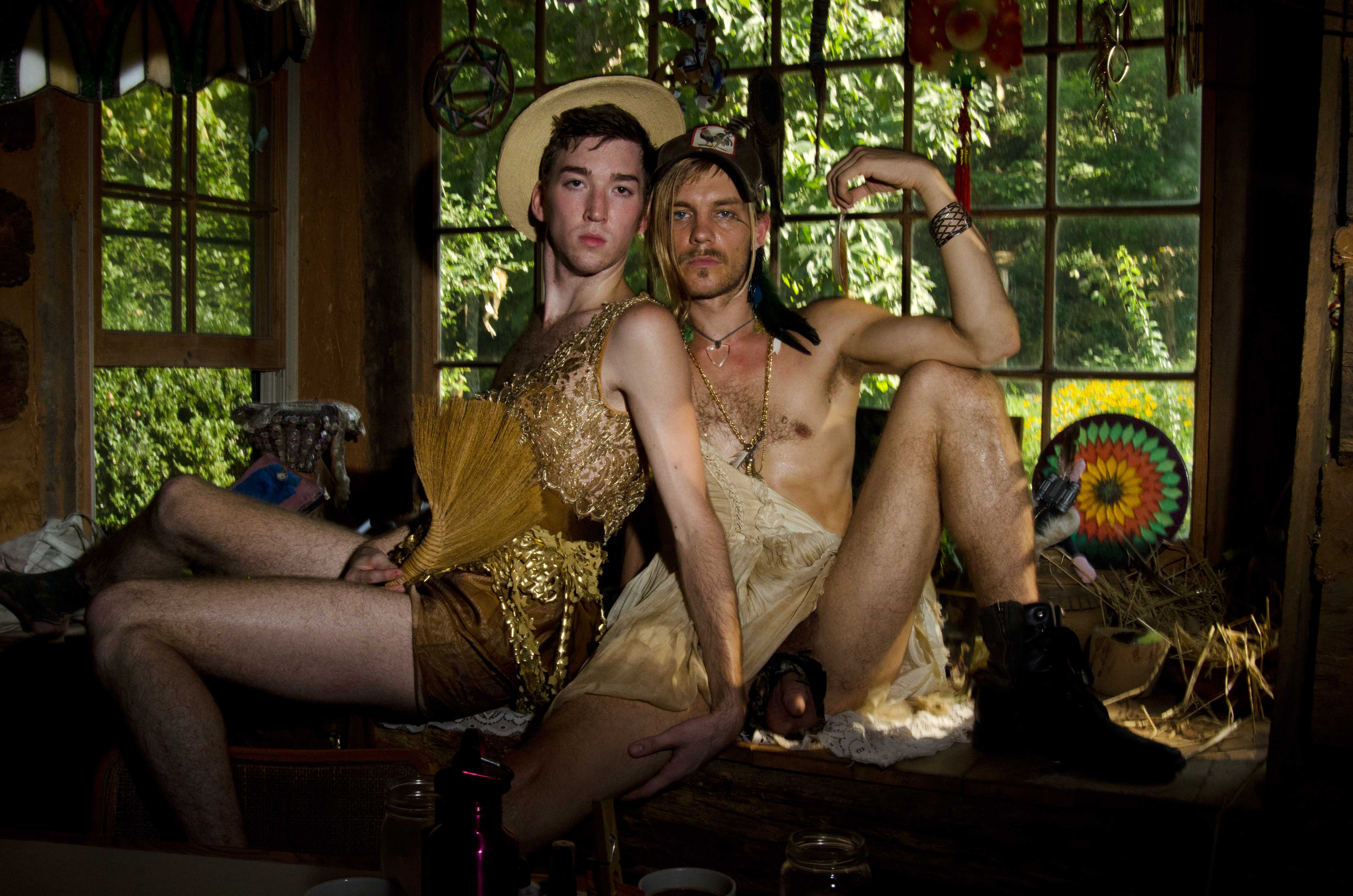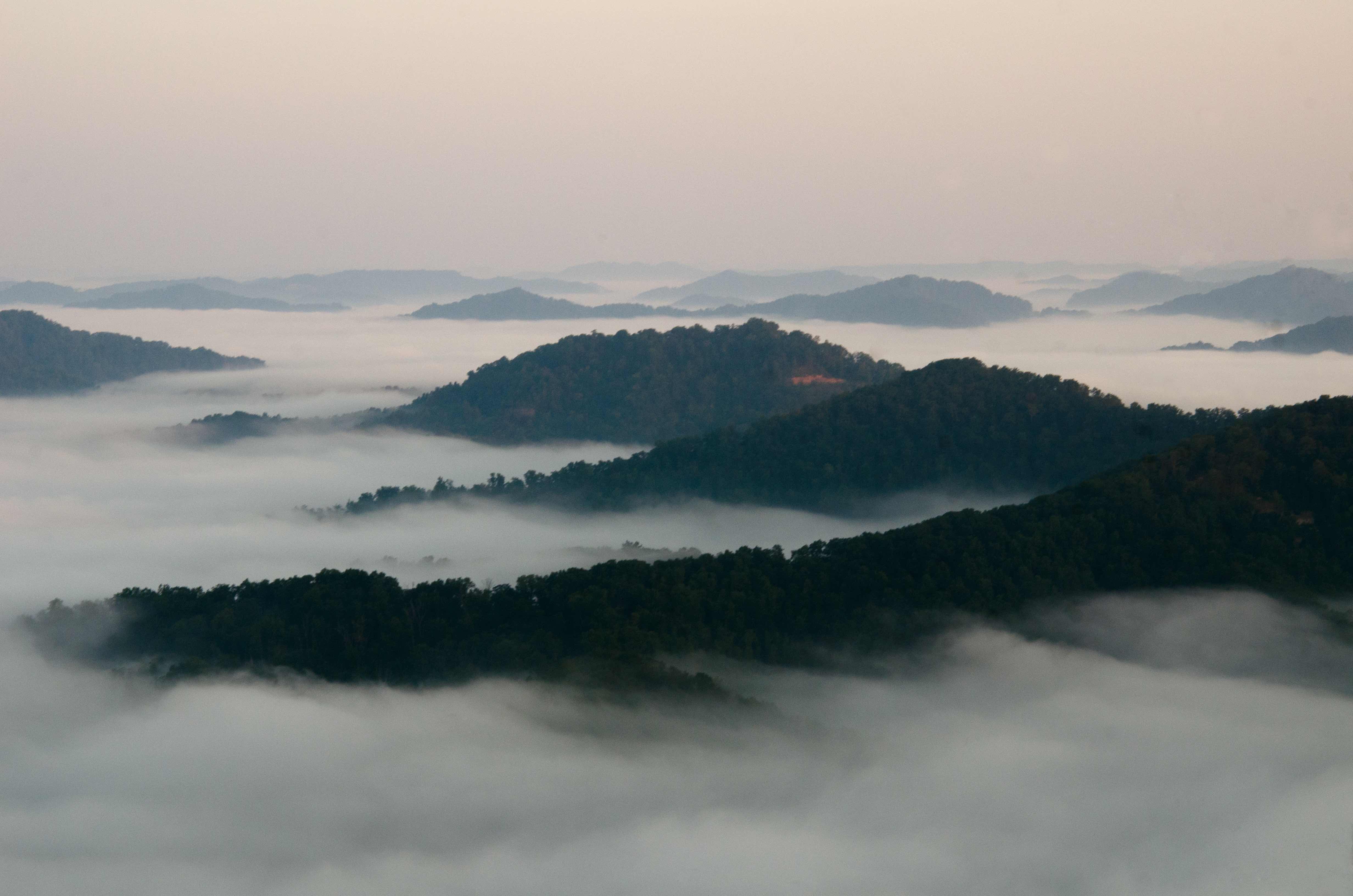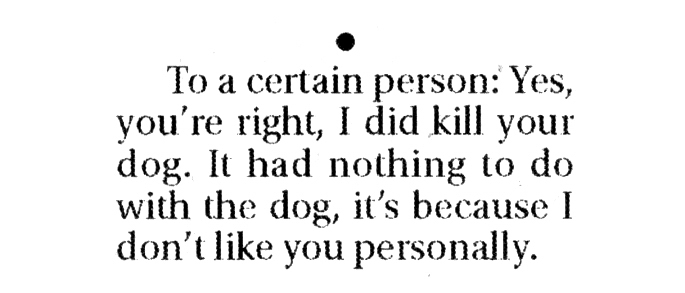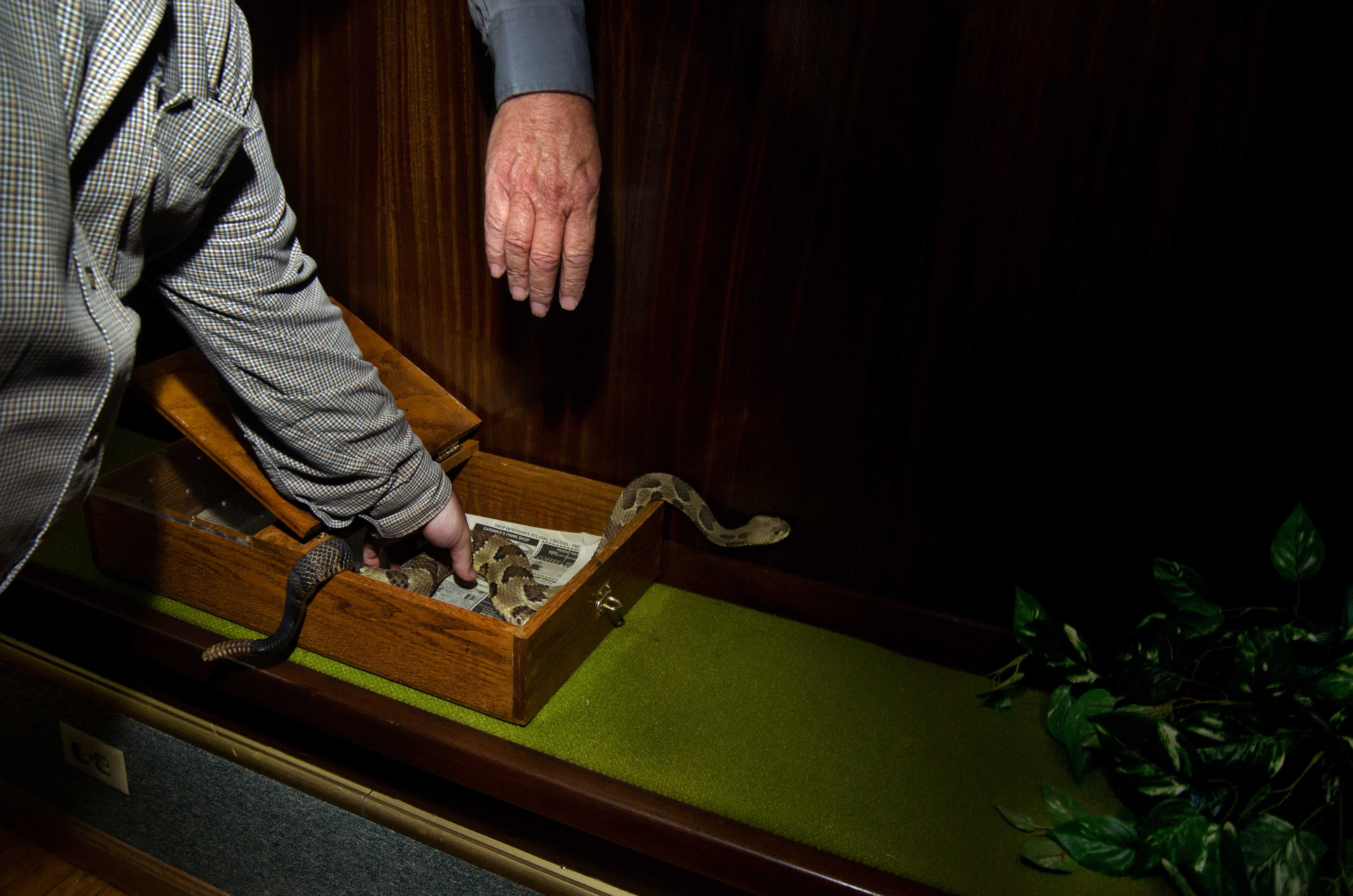Blurring fantasy and reality in America's poorest region
- Text by Stacy Kranitz
- Photography by Stacy Kranitz

I use photography to examine and reflect on a legacy of representations of poverty. But I may not be the photographer you want me to be.
I am not filled with a noble desire to show the world a certain type of injustice in hopes of remedying it. I’m not interested in a narrative of good versus evil.
The photographs in my project, As it was Give(n) to Me, are meant to engage in a rhetoric established by the early missionaries to Appalachia – a mountain range in the eastern US – and then reasserted by photographers and documentarians for nearly a century.
Seven years ago, I began travelling in large concentric circles through central Appalachia, meeting strangers, making friends and, sometimes, lovers.
Along the way, I learned how the problematic trajectory of representations of poverty in Appalachia had been activated through photography.


Since Lyndon B. Johnson announced the War on Poverty in 1964, photographers have portrayed Appalachia as the poster child for American poverty.
This image has haunted its people ever since. Those responsible for these misrepresentations likely had the best of intentions, but they contributed to unfair stereotypes of a rural group of people who already felt ostracised from the ‘Great Society’.
And there I was, another photographer utilising the medium that I knew exacerbated the problem.
I have always struggled with the documentary tradition. I find photojournalism’s strict ethical guidelines – meant to enforce a supposed impartiality – disingenuous.
I struggle with the way social documentarians impose judgment without acknowledging the complicated power dynamic between themselves and their subject.

It was not until I learned of writer James Agee and photographer Walker Evans’ work in Alabama, exploring the conditions of white sharecropper families, that I came to see a precedent for my work: one situated in the tenuous space between reality and constructed notions of truth.
Agee’s self-reflexive text acknowledges his role in depicting an exotic primitivism and the inevitable failure of such a project to impart any real understanding of the Other.

One New Year’s Eve, I visited my friend Pat at his home in West Virginia. There was a keg of beer and a bonfire.
It was cold and we got drunk and took lots of drugs. I tend to do the drugs my friends and subjects are doing while making my work.
This makes me feel like I am getting closer to someone else’s circumstances, though I am conscious that this may not be the case.
In the same vein, I freely offer my camera to people who express an interest in making images. At the party that night, I showed a young woman named Brooke how to use my camera.
At some point, after snorting a line of the government-funded prescription drug Subutex, I blacked out. Brooke was still taking pictures.

Stacy Kranitz at a party in West Columbia, West Virginia. Photo by Brooke.
I have no memory of this time, just a record of it.
All photographers have complicated interactions with constantly fluctuating power relationships, and because I am trying to make work about the shifting nature of this relationship I have become captivated by these images of myself in a state of utter vulnerability and obliviousness.
Brooke’s photographs represent the first time that I have been implicated in the relationship of consent that my subjects regularly endure at my request.

When I was a child I watched Christy, the TV miniseries based on a colour romance novel by Catherine Marshall.
It’s a seductive story about a young missionary who moves to a small community in the Great Smoky Mountains to teach poor mountain children how to read and write.
Christy is sure of herself and of her role to improve the lives of those around her, but as the narrative unfolds she learns that there are many versions of right and wrong and many ways to be good, true, kind, loved and loving.

In revisiting this story, it became clear that, on some level, I had come to Appalachia to construct a fantasy world for myself.
My desire to explore my perceptions rivals my desire to provide an objective portrayal of where I am, especially since I know the idea of an objective reality is a fantasy.
Like Christy, my experiences have challenged what I’d long established as personal truths about the region, undoing my understandings of myself and revealing the complexity of this diverse network of communities.
So while I may not be the photographer you want me to be, my work exists to generate a conversation: a mission it has not failed in yet.
This article appears in Huck 57 – The Documentary Photo Special IV. Subscribe today so you never miss another issue.
Speak Your Piece, a book combining Kranitz’s Appalachian photographs with reader contributions to Kentucky’s Mountain Eagle newspaper, is published by Here Press.
Enjoyed this article? Like Huck on Facebook or follow us on Twitter.
You might like

“Humanity’s big threat is our disconnect from nature”: Craig Richards and Chris Levine in conversation
Lighting up — With Houghton Festival collaborating with artist Chris Levine in its most recent edition, we sat down with the light artist and the festival’s creative director Craig Richards to chat about their new installations, and the role of art and music in tumultuous times.
Written by: Isaac Muk

Three heart wrenching poems from Gaza
Writings that narrate — With Gaza’s population facing starvation, we are handing over our website to Yahya Alhamarna, a displaced poet and student in Gaza, who shares some of his recent poetry, and explains why writing is so important to him.
Written by: Yahya Alhamarna

Throwback portraits of the UK’s first punks
Punks 1978-1980 — While working as a photographer in the army, Wayne “Spike” Large would moonlight as a punk on the weekends. His new photobook revisits the characters that he captured from the genre’s heyday.
Written by: Miss Rosen

Meet Lady Pink, the ‘First Lady’ of graffiti
Miss Subway NYC — As a leading writer and artist in a man’s world, Sandra Fabara has long been a trailblazer for girls in underground art. Now, her new show touches on her legacy, while looking to the future.
Written by: Isaac Muk

Will internet age verification actually work?
VPN Summer — With the Online Safety Act coming into force over the weekend, the UK woke up to find pornography, but also any content deemed “harmful” hidden behind an ID wall. But young people are far too tech savvy to be deterred, explains newsletter columnist Emma Garland, who also warns of the dangers of mass data harvesting.
Written by: Emma Garland

Love and rage at the record shattering London Trans+ Pride 2025
Dismantle the cis-tem — With over 100,000 attendees, the Saturday march was the largest trans pride event ever in world history. Cheer Up Luv’s Eliza Hatch captured the action, and recounts its powerful energy.
Written by: Eliza Hatch / @cheerupluv

